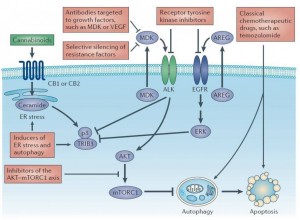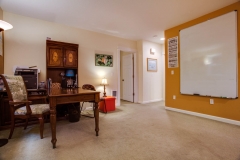High Performing Business – Planning – Requirements
Thursday, March 24th, 2016Michelle LaBrosse, CCPM, PMP, PMI-ACP
I’m working on a really exciting project with Dylan Kasch, an Environmental Scientist and food security expert. After graduating from UC Berkley and then riding his bike from California to New England he found his way to studying small-scale food production year round in cold climates – at an aquaponics farm in New Hampshire. I got to know Dylan working with his mother Jody Kasch – she is the photographer and visual designer for Cheetah Learning.
In a conversation with Dylan a few weeks ago he shared with me his dream of creating a small scale year round food production facility in Antartica. I asked him if he would be interested in helping me create something similar in Haines, Alaska -as my main goal for this year was to create a year round greenhouse operation at the Alaska Eagle Adventures facility in Haines.
Dylan got on it and found a grant for our specific project type. He and I have been working on the design of the year round food production system in Haines. It’s a fantastic project for the two of us – almost like the “perfect storm.” My Mechanical Engineering Masters degree final project was on making more energy efficient buildings so I’ve been designing a very energy efficient greenhouse for our small scale aquaponics operation. I also am tying it into another one of my passions – square foot gardening. But I added in a new twist I’ve recently learned of – Keyhole gardens. I’ve designed all the square foot beds another foot higher (better for my aging body) and included a compost bin in each bed family. Dylan is working up the design of the aquaponics system and developing the heating requirements.
It has been an exhilarating planning process as we are both learning from the other. I had to design the greenhouse based on the requirements Dylan gave me for his Aquaponic system. We went through several exploration iterations on the type of fish we were going to be using in the ponds. The ability to get them there was part of the selection criteria.
We’ve both been working on the preliminary designs, budgets, the timelines, the ongoing operations and maintenance plan. The requirements have evolved as we have dug into the planning process with the key requirement – keep it small scale on the family backyard level. Our main goal with this is to demonstrate the feasibility, research what works best, and to teach others how to do the same.
Dylan experienced “food deserts” in his bike ride across the country – where it was impossible to get fresh produce. Haines, Alaska, like most remote locations, gets it’s produce shipped up once a week – by then it’s already over a week old and who knows how old it was before it got on the barge? While I am adept at canning both fish and vegetables, and have a root cellar, being able to cost-effectively produce fresh vegetables and fish year round may be more than just a dream – we are seeing how we can make it a reality.







